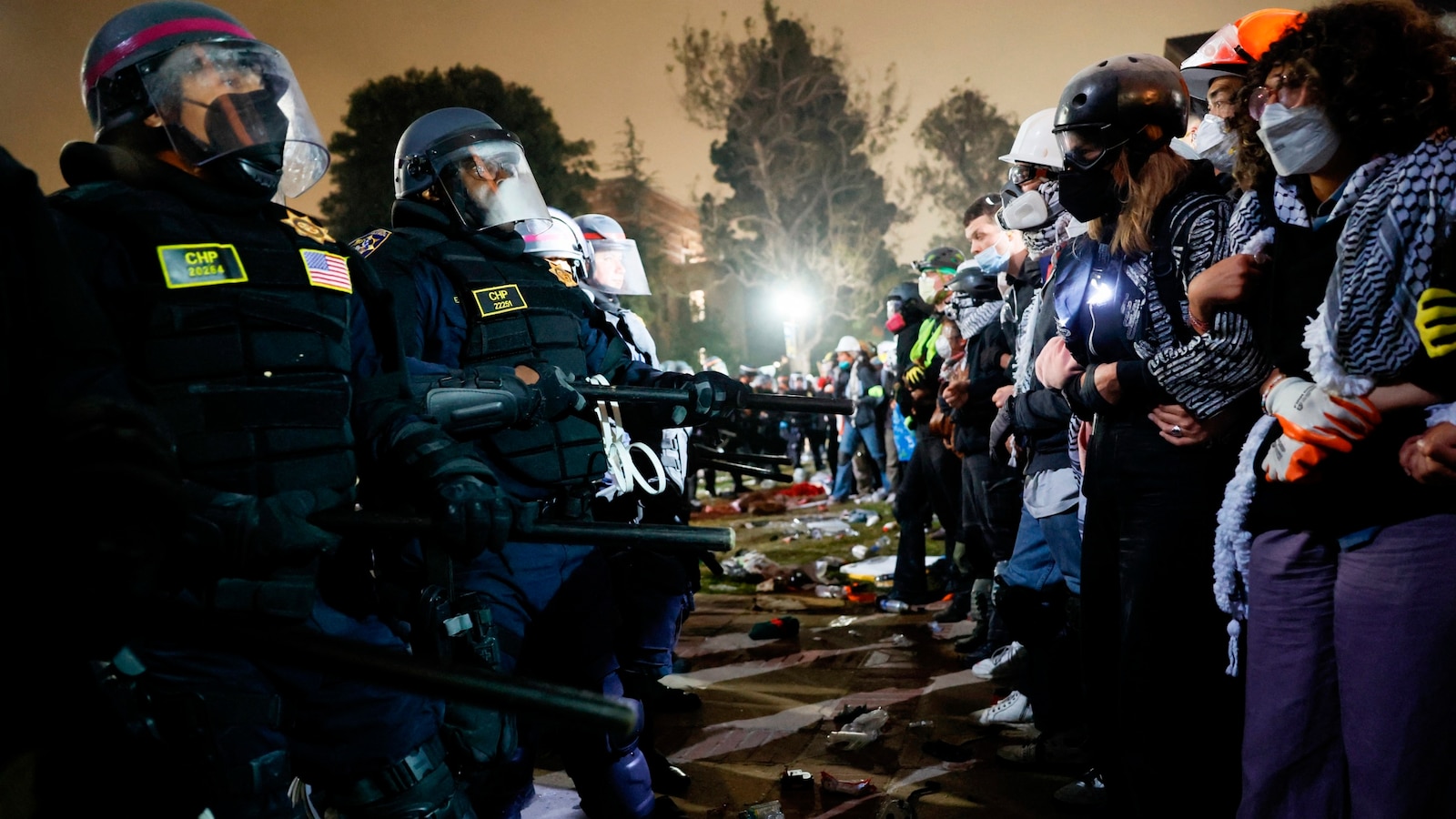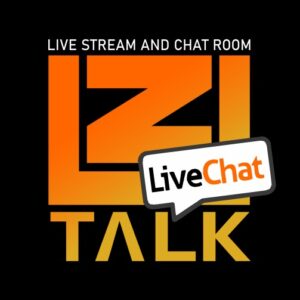By Sasha Pezenik and Josh Margolin
Authorities must carefully weigh their response to the protests, experts say.
As protests continue erupting at U.S. college campuses over the war in Gaza, law enforcement from coast to coast is being tasked with carrying out a complex choreography: How to protect the constitutional right to free speech, while navigating volatile and potentially unsafe social unrest.
Dynamic scenes of massive encampments, vocal demonstrations and building occupation have now been playing out on private and public college properties – where police assistance has to be requested, not forcibly and unilaterally imposed. As they respond, authorities must carefully weigh what response might unduly escalate already tenuous circumstances – and what’s critically needed to prevent dangerous discord, experts say.
Protests broke out last month at colleges and universities across the country in connection with the war in Gaza, with many pro-Palestinian protesters calling for their colleges to divest of funds from Israeli military operations or companies benefitting from the war. Over 2,000 protesters have been arrested — many for minor offenses like trespassing — at the campuses of Columbia University, Yale University, Harvard University, University of Texas at Austin, University of California, Los Angeles, and others, according to the Associated Press.
“It’s a complex social situation that requires conversation, coordination, accommodating free speech while accommodating the needs of the greater public good and wellbeing,” said Chris Burbank, former Salt Lake City police chief and adviser for the Center on Policing Equity. “Use of force is the last possible thing that we should resort to. We have to look at every other option before we get to that point and not rush in to close it down, use force, arrest people.”

But when that last resort is all that remains, police must have the resources to do it, “and do it properly,” Burbank added.
“You can’t go willy nilly, you want to act as a unit, you need decisive action – not a preemptive strike,” said Robert Boyce, an ABC News contributor and retired chief of detectives in the New York Police Department.
That can mean officers in a militarized style response, and sporting riot gear – which itself can translate to intimidating optics.
On the campus of the University of Texas at Austin, police and protesters clashed Monday afternoon after authorities issued a dispersal order.
Protesters could be heard chanting, “There is no riot here, why are you in riot gear?” Soon after, police moved in to clear the area…
READ FULL ARTICLE HERE… (abcnews.go.com)
Home | Caravan to Midnight (zutalk.com)






